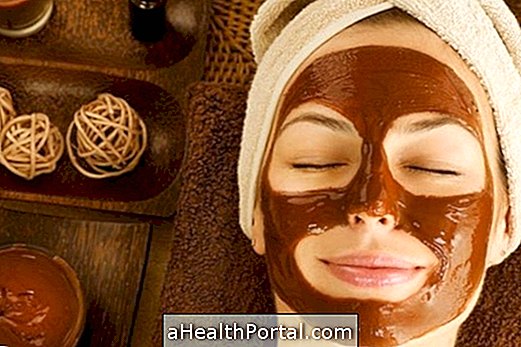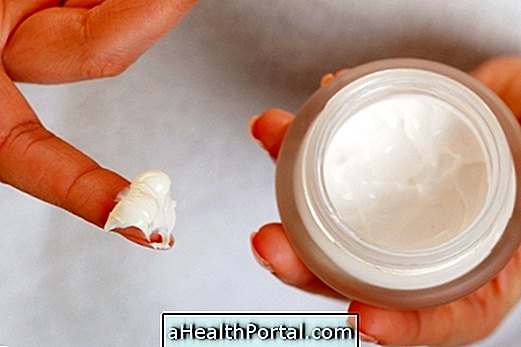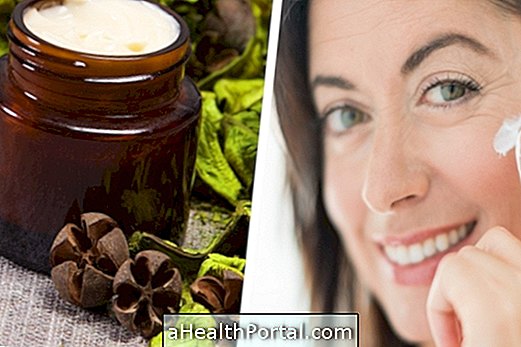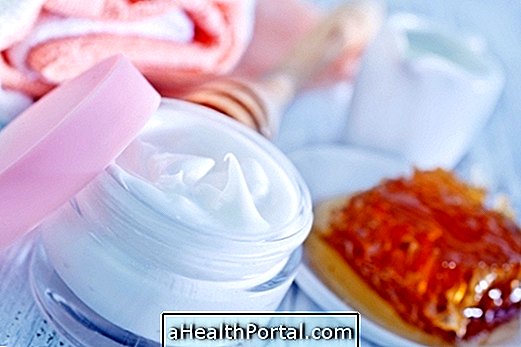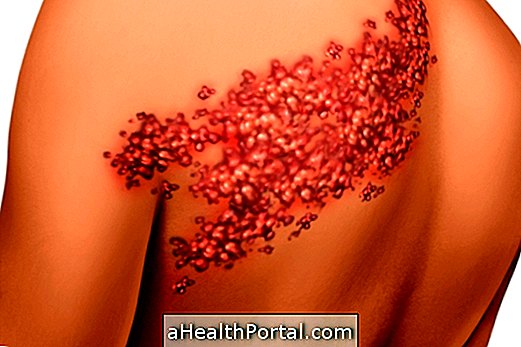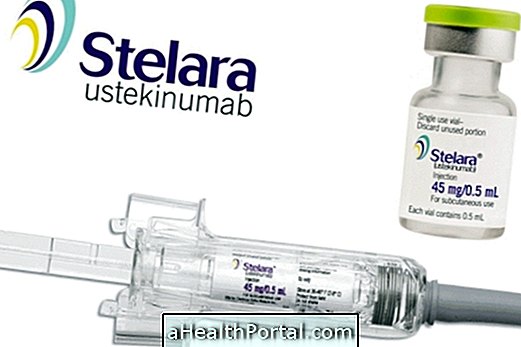To keep your skin healthy, free of wrinkles or stains, it is important to know the characteristics of different types of skin, which can be oily, normal or dry, so that it is possible to adapt soaps, sunscreens, creams and even make-up for each type of skin.
In addition, over the years a type of skin can change, from oily skin to dry skin, for example, it is necessary to adjust the daily care to keep the skin always well cared for and beautiful. To know what your skin type read: How to know your skin type.
Both white and dark brown skin can be oily, normal or dry, and to determine what type of skin it is, the dermatologist is the most suitable professional.
Normal Skin
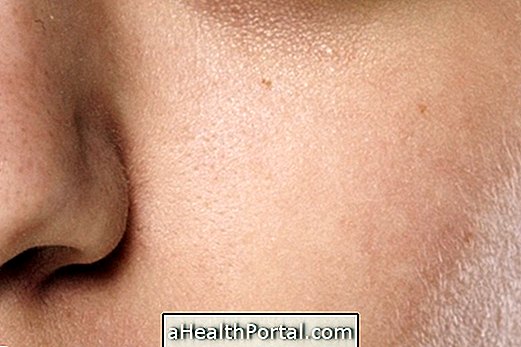
- Normal Skin Care: To take care of normal skin you should use neutral soaps and moisturizing creams without oil daily. In addition, sunscreen should be used daily on visible areas of the body, such as face and hands.
Normal skin characteristics : Normal skin has a soft, velvety texture and is pleasant to the touch, not presenting imperfections and, therefore, typical of babies and younger children. Usually, normal skin looks rosy and does not develop pimples or blemishes.
Oily skin

- Oily Skin Care: To care for oily skin, it is important to apply neutral cleansing lotions based on plant extracts of witch hazel, calendula, peppermint, camphor and menthol, for example, as they have properties that help decrease inflammation of the skin. In addition, people with oily skin should avoid wearing makeup since it leads to clogging of the holes in the skin and favors the formation of blackheads. To know how to take care of oily skin read: Home treatment for oily skin.
Oily skin features: Oily skin, also known as lipid skin due to the excess sebum it produces, looks greasy, moist and shiny and has a tendency to develop pimples, blackheads and acne, being the common skin type of adolescence. Excessive sun, stress or a diet rich in high-fat foods can cause oily skin.
Dry skin

- Dry Skin Care: To care for dry skin, moisturizers or vegetable oils such as aloe vera or chamomile should be used, for example, adding macadamia nuts, almonds or grape seed oil to effectively moisturize the skin. In addition, you should use non-alcohol products, as the alcohol dries the skin even further, making it rough. Learn how to moisturize dry skin in: Homemade solution for dry and extra dry skin.
Dry Skin Features: Dry skin has a spleeny, scaly appearance, especially on the hands, elbows, arms and legs and therefore cracking and peeling may occur at these locations. Individuals with dry skin may develop wrinkles earlier than other skin types, especially on the face because it is the site that is most exposed, being the most common type of skin in the elderly. Dry skin can be genetic cause or due to environmental conditions such as cold, wind or excessive sun or even baths delayed with hot water.
Mixed skin

Mixed skin is the combination of dry skin and oily skin. In general, the skin is greasy on the chin, nose and forehead and has a tendency to dry around the mouth, cheeks and eyes. In these cases you should use cleaning lotions in the more oily region and moisturizing creams in the remaining area.
Sensitive skin
Sensitive skin is a very fragile type of skin, easily irritated with reddish color, causing itching, bites, burning and pricking sensation after application of a new product or situations of high heat, cold or wind, for example. In these cases, the individual should avoid prolonged exposure to the sun and cold, as well as avoid excessive use of creams and makeup as it irritates the skin.
Adequate sun protection
Sun exposure and aging also interfere with skin color, so know what is the best sun protection factor for your skin, because each skin type has specific characteristics, as can be seen in the following table:
| Types of Skin | Skin characteristics | FPS indicated |
| I - Very white skin | The skin is very clear, has freckles on the face and, the hair is red. The skin burns very easily and never gets tanned, turning just reddish. | SPF 30 to 60 |
| II - White skin | The skin and eyes are light and the hair is light brown or blond. The skin burns easily and tans a little, turning golden. | SPF 30 to 60 |
| III - Light brown skin | The skin is white, the hair dark brown or black and sometimes burns, but also tan. | SPF 20-30 |
| IV - Dark skin | The skin is light brown, it burns little, and it tan easily. | SPF 20-30 |
| V - Mulatto skin | The skin is dark, rarely burns and always browns. | SPF 6 to 20 |
| VI - Black skin | The skin is very dark or black, rarely burns and tans very much, even if it is not repaired much, because it is already dark. | SPF 6 to 20 |
